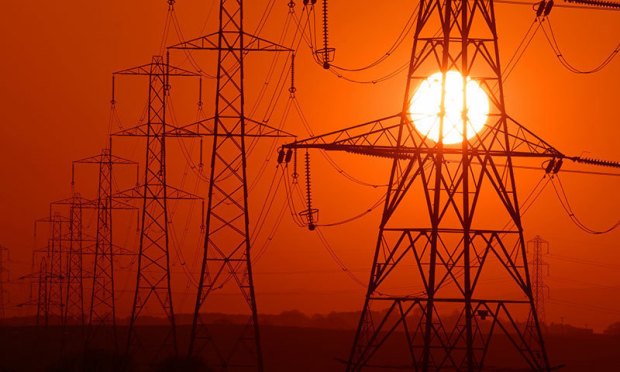COLOMBO – Sri Lanka’s independent power producers are generating 35% of daily energy, with the Mahweli River plants adding another 24%, data showed as the State-run power utility was working to re-connect three coal plants to the grid.
Sri Lanka was hit by a cascading failure on Monday (17), triggered by a transmission failure, resulting in emergency shutdowns of all generators connected to the Ceylon Electricity Board (CEB) grid including coal plants.
When coal plants are suddenly shut down, energy stored in boilers is released as steam to protect the plants, with diaphragms – which is a type of safely value – also rupturing.
The boilers have to cool for the diaphragms to be replaced. Boilers also have to cool for water to be topped up.
Sri Lanka is currently under daily power cuts, to help the utility manage the load. The CEB said some daytime power cuts may not take place if the load could be managed.
For the night peak 6:00 p.m. to 10:00 p.m., the CEB has asked customers to switch off all non-essential lights and equipment.
The first coal plant could be connected to the grid to meet the night peak of Friday (21), CEB officials said.
However, a power cut schedule has also been published for the weekend.
Following an emergency shutdown, some components other than diaphragms could also get damaged, needing replacement, engineers said.
Data showed that out of 43.45 Gigawatts hours of daily energy produced after the coal shutdown; independent power producers generated 15.46GWh or 35.5%, Mahaweli complex hydro plants 10.35 GWh and the Laxapana complex 6.51GWh or 14.99%.
The CEB’s own thermal generators produced 7.68GWh or 17% of the demand.
This is not counting the energy produced by small renewable energy plants which now contribute significant amounts of energy to the grid.
CEBs coal plants usually generate about 40% of the daily energy on weekdays.
Sri Lanka suffered a cascading failure around 12: 35 p.m. on Monday and power could not be restored until sundown, as the grid went down repeatedly.
Engineers are investigating why the grid failed repeatedly in restoration, with one cause suspected to be solar power.
Small renewable plants which are not centrally dispatched could make power systems unstable, engineers had warned earlier, especially when the share increases as a share of the total.
At least one major failure in 2015 may have been linked to surge from mini-hydro plants following a bout of heavy rain in the night when demand was low.
System instability from small renewable plants is a well-known problem in power grids, which are usually designed for energy to flow in one direction. Extensive re-design of grid architecture is needed to cope with significant two way flows or distributed generation, industry analysts say.
But the CEB is facing financial difficulties due to cancellation of planned coal plants, failures to raise prices and currency depreciation from a soft-pegged exchange rate regime.
The last administration in particular pursued a so-called ‘Real Effective Exchange Rate’ targeting involving purposely depreciating the rupee to lower real wages of workers and given extra profits to exporters.
The rupee was depreciated from 131 to 182 from 2015 to 2019. The lack of market pricing of water and electricity prices, also gives an additional subsidy to exporters as at the rest of society, analysts say.
-economynext.com


